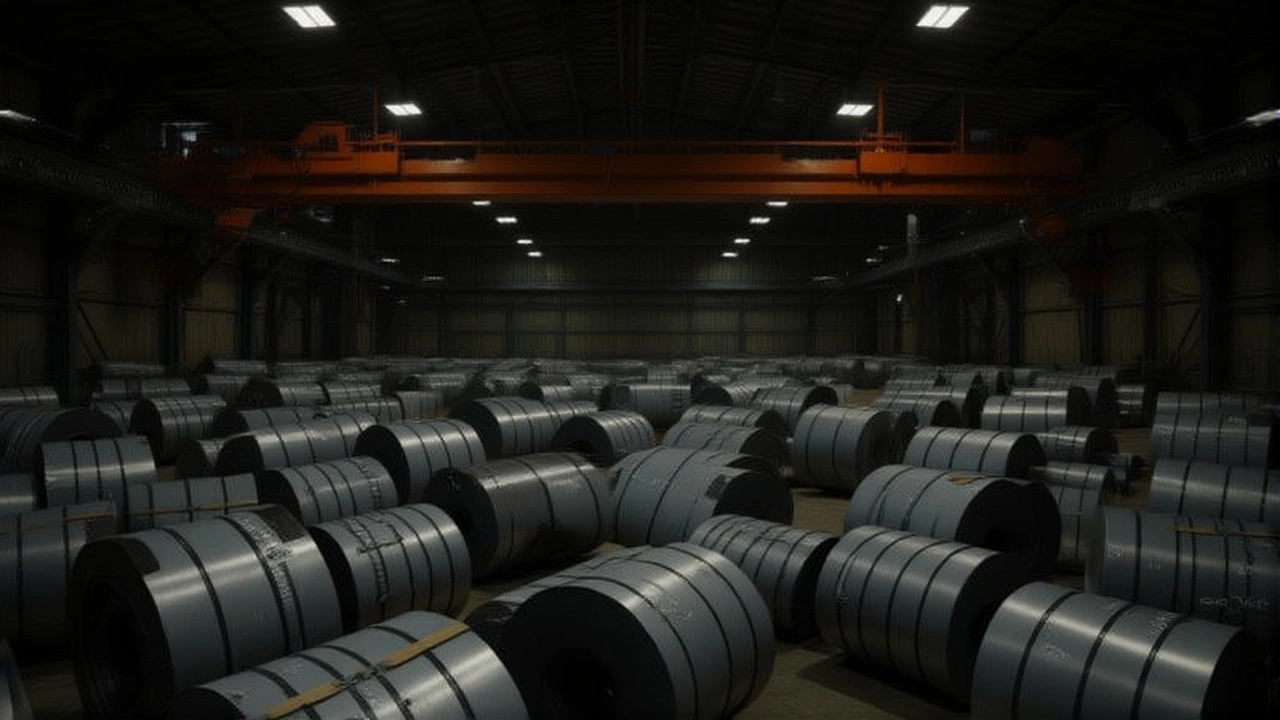Finland Steel Layoffs: Causes, Consequences, and What Comes Next
When looking at Finland steel layoffs, the abrupt reduction in workforce across Finnish steel manufacturers during 2023‑2024. Also known as Finnish steel job cuts, this trend signals deeper shifts in the steel industry, the sector that produces raw steel and related products for construction, automotive and export markets. The layoffs don’t happen in isolation – they intertwine with broader economic forces and policy decisions.
The labor market, the pool of available workers, wage levels and employment trends across Finland feels the ripple immediately. When factories cut staff, unemployment rates inch up, and unions scramble to negotiate support packages. At the same time, the Finnish economy, a mix of high-tech exports, services and manufacturing sees a dip in industrial output, which can affect GDP growth. In short, Finland steel layoffs are both a symptom and a catalyst within this economic loop.
Why the Cuts? Global Demand, Costs, and Competition
One key driver is the slowdown in global steel demand. When construction projects in Europe and Asia pause, export orders for Finnish producers shrink. Coupled with rising raw material prices, manufacturers face tighter margins. Add to that competition from lower‑cost producers in China and Eastern Europe, and the pressure to trim costs becomes relentless. Companies respond by streamlining operations, which often means reducing staff.
Company restructuring also ties closely to government policy. The Finnish government has introduced stricter carbon‑emission targets for heavy industry, meaning steel plants must invest in greener technologies or face penalties. For many firms, the required capital outlay exceeds current cash flow, prompting workforce reductions as a short‑term fix. This illustrates the semantic triple: Finland steel layoffs → require government policy → industrial modernization.
Beyond policy, the shift toward automation plays a role. New furnaces and robotics can produce the same tonnage with fewer hands, making traditional labor roles obsolete. While automation boosts efficiency, it also fuels uncertainty among workers fearing skill gaps. This links the triple: steel industry → adopts automation → labor market disruption.
Social impact cannot be ignored. Communities built around steel towns experience reduced local spending, school enrollment drops, and strain on public services. In response, Finnish trade unions and NGOs push for retraining programs, aiming to move displaced workers into emerging sectors like renewable energy or advanced manufacturing. This creates another connection: Finland steel layoffs → increase retraining programs → workforce resilience.
Looking ahead, investment decisions will shape the next chapter. If firms secure funding for green steel production, they may rehire workers with new skill sets, turning the current pain into a growth opportunity. Conversely, prolonged under‑investment could cement the decline, cementing higher unemployment in affected regions. The future of the steel labor force hinges on how quickly capital and policy align.
All these factors weave together to form a complex picture: the layoffs echo through the steel industry, ripple across the labor market, and reshape the Finnish economy. Below you’ll find a curated list of posts that break down each angle – from detailed analyses of global demand to practical guides on worker retraining. Dive in to see how each piece fits into the bigger story of Finland’s steel sector today.



